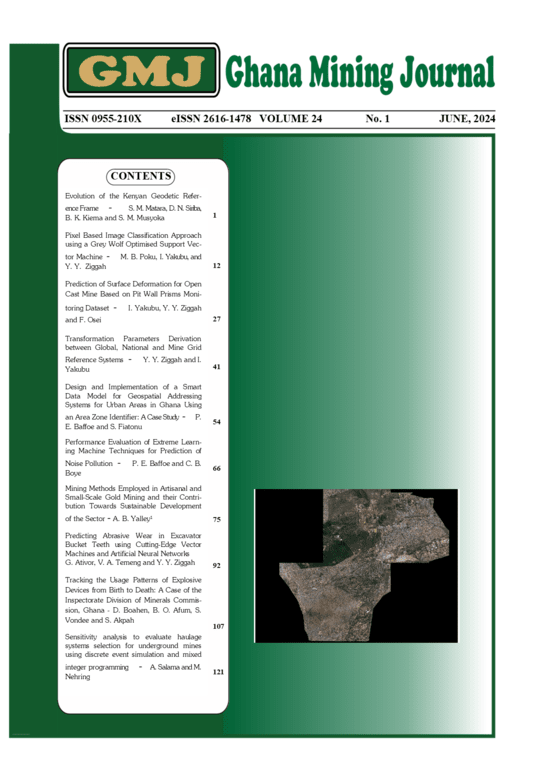Main Article Content
Evolution of the Kenyan Geodetic Reference Frame
Abstract
A uniform geodetic reference frame forms the spatial foundation for the creation of a Land Information System (LIS), based on which related spatial data for transport, mineral resources, power transmission, telecommunication, etc., can be overlaid to aid in operations like design, construction, commissioning, and surveillance of the infrastructure. In essence, a geodetic reference frame permits spatial referencing of all land data to identifiable positions on the earth’s surface. Further, a geodetic reference frame provides an effective language for interpreting and disseminating land information. Kenya does not have a uniform geodetic reference frame instead there is a patchwork of geodetic networks across the country established by different organizations to facilitate activities like the demarcation of international boundaries, as such, Kenya’s geodetic network consists of many coordinate systems. This paper reviews the evolution of the Kenyan geodetic network, highlights various geodetic networks established in Kenya, and identifies challenges to the development of a modern uniform Geodetic Reference Frame for Kenya (KENREF). The installation of Continuously Operating Reference Stations (CORS) by the government and private entities is not centrally coordinated, which implies that Kenya may not realize a uniform modern geodetic reference frame soon.






